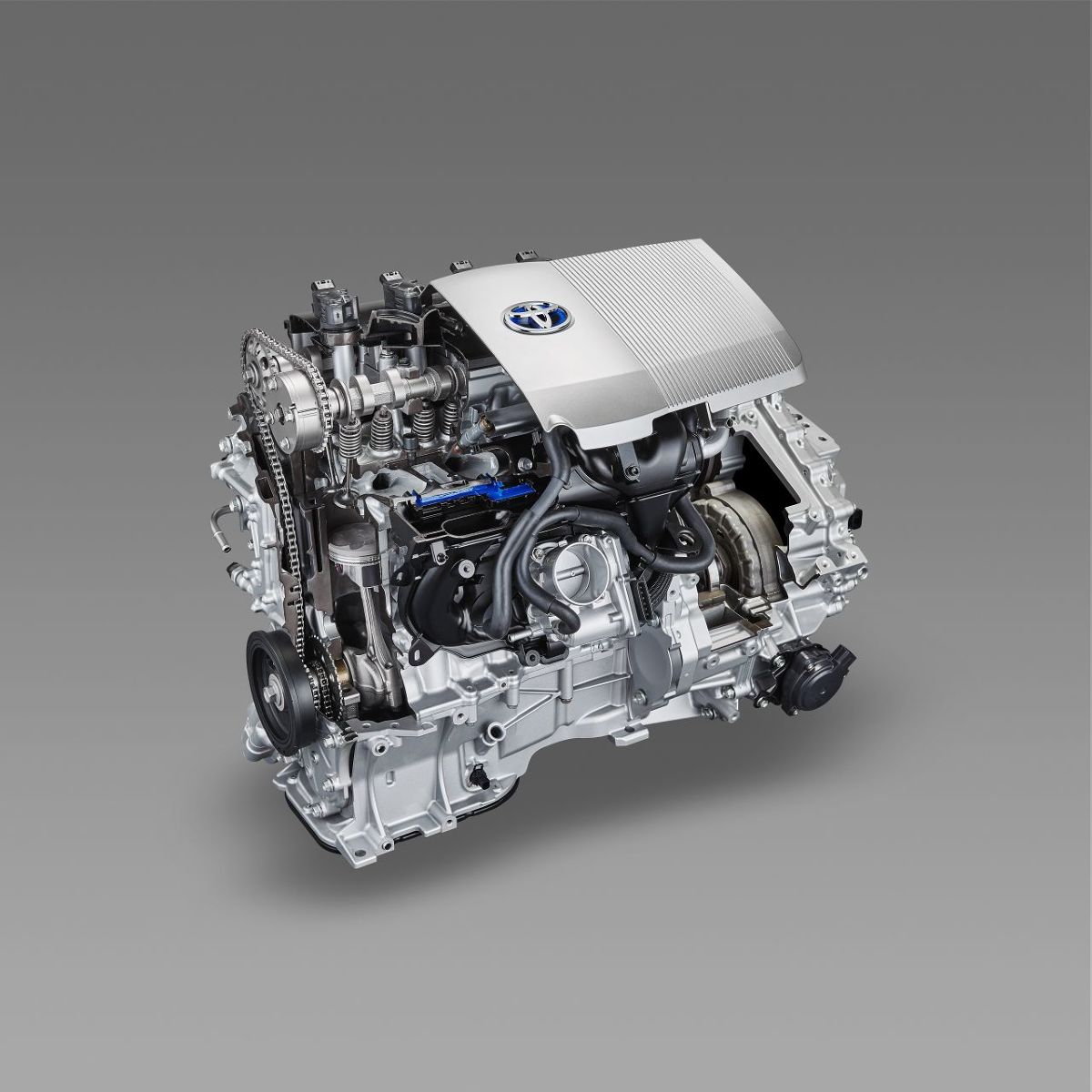
Engine. Differences between Otto and Atkinson cycles
 For some time now, the term "Atkinson economy cycle engine" has become increasingly common. What is this cycle and why does it reduce fuel consumption?
For some time now, the term "Atkinson economy cycle engine" has become increasingly common. What is this cycle and why does it reduce fuel consumption?
The most common four-stroke gasoline engines today operate on the so-called Otto cycle, developed at the end of the XNUMXth century by the German inventor Nikolaus Otto, the designer of one of the first successful reciprocating internal combustion engines. The essence of this cycle consists of four strokes performed in two revolutions of the crankshaft: the intake stroke, the compression stroke, the working stroke and the exhaust stroke.
At the beginning of the intake stroke, the intake valve opens, through which the air-fuel mixture is drawn in from the intake manifold by retracting the piston. Before the start of the compression stroke, the intake valve closes and the piston returning to the head compresses the mixture. When the piston reaches its peak position, the mixture is ignited by an electrical spark. The resulting hot exhaust gases expand and push the piston, transferring its energy to it, and when the piston is as far as possible from the head, the exhaust valve opens. The exhaust stroke begins with the return piston pushing exhaust gases out of the cylinder and into the exhaust manifold.
Unfortunately, not all of the energy in the exhaust gases is used during the power stroke to push the piston (and, through the connecting rod, to rotate the crankshaft). They are still under high pressure when the exhalation valve opens at the start of the exhalation stroke. We can learn about this when we hear the noise made by a car with a broken muffler - it is caused by the release of energy into the air. This is why traditional gasoline engines are only about 35 percent efficient. If it were possible to increase the stroke of the piston in the working stroke and use this energy ...
This idea came to the English inventor James Atkinson. In 1882, he designed an engine in which, thanks to a complex system of pushers connecting the pistons to the crankshaft, the power stroke was longer than the compression stroke. As a result, at the beginning of the exhaust stroke, the pressure of the exhaust gases was practically equal to atmospheric pressure, and their energy was fully used.
The editors recommend:
Plates. Drivers waiting for a revolution?
Homemade ways of winter driving
Reliable baby for little money
So why hasn't Atkinson's idea been used more widely, and why has internal combustion engines been using the less efficient Otto cycle for more than a century? There are two reasons: one is the complexity of the Atkinson engine, and the other - and more importantly - the less power it receives from a displacement unit.
However, as more and more attention was paid to fuel consumption and the impact of motorization on the environment, the high efficiency of the Atkinson engine was remembered, especially at medium speeds. His concept proved to be an excellent solution, especially in hybrid vehicles, in which the electric motor compensates for the lack of power, especially needed when starting off and accelerating.
That is why the modified Atkinson cycle engine was used in the first mass-produced hybrid car, the Toyota Prius, and then in all other Toyota and Lexus hybrids.
What is a modified Atkinson cycle? This clever solution made the Toyota engine retain the classic, simple design of conventional four-stroke engines, and the piston travels the same distance on each stroke, the effective stroke being longer than the compression stroke.
In fact, it should be said differently: the effective compression cycle is shorter than the working cycle. This is achieved by delaying the closing of the intake valve, which closes shortly after the start of the compression stroke. Thus, part of the air-fuel mixture is returned to the intake manifold. This has two consequences: the amount of exhaust gases produced when it is burned is smaller and is able to fully expand before the start of the exhaust stroke, transferring all the energy to the piston, and less energy is required to compress less mixture, which reduces internal engine losses. Using this and other solutions, the fourth-generation Toyota Prius powertrain engine was able to achieve a thermal efficiency of as much as 41 percent, previously only available from diesel engines.
The beauty of the solution is that the delay in closing the intake valves does not require major structural changes - it is enough to use an electronically controlled mechanism for changing the valve timing.
And if so, is it possible and vice versa? Well, of course; naturally! Variable duty cycle engines have been produced for some time. When power demand is low, such as when driving on leisurely roads, the engine operates on the Atkinson cycle for low fuel consumption. And when the best performance is required - from headlights or overtaking - it switches to the Otto cycle, using all the available dynamics. This 1,2-liter turbocharged direct injection engine is used in, for example, the Toyota Auris and the new Toyota C-HR city SUV. The same two-liter engine is used on the Lexus IS 200t, GS 200t, NX 200t, RX 200t and RC 200t.
